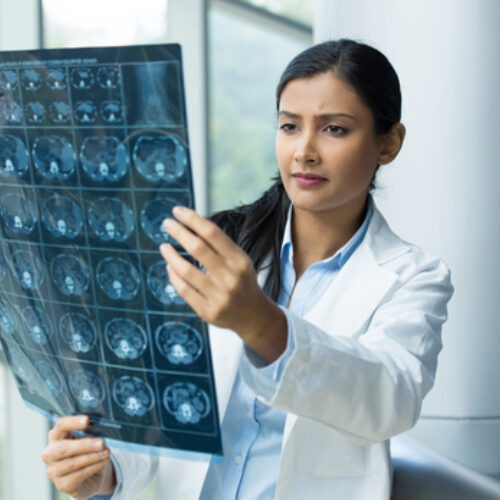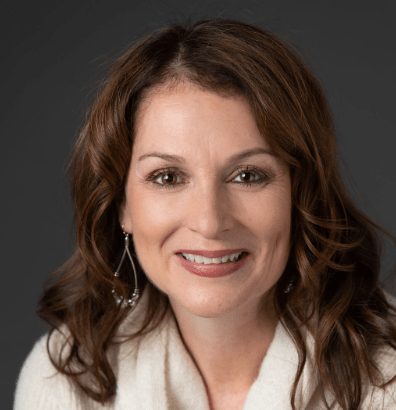
According to published reports, medical imaging saw a system-wide decrease in imaging by about 55 percent during the early months of the COVID-19 pandemic. Mammography and Nuclear Medicine exams were the most affected modalities, decreasing by 93 percent and 61 percent respectively. Then, of course, we have the trickle-down effect of decrease in exams equals a decrease in revenue. During this time there was about a 50 to 70 percent decrease in normal revenue. Less revenue means less money. Less money means less staff. Which I can speak to from my own experience as my staff and I had a decrease in our hours during the first months of the pandemic just as many of you may have had. That got me to thinking about how one may be able to safeguard themselves from this in the future. Not so much from a pandemic perspective, but from a multi-modality perspective.
Nearly all imaging modalities stem from basic X-rays. Over the decades as medical imaging has evolved into what it is now, the first technologists were not trained in accredited programs like they are now. Most were exposed to the new field and cross-trained by others. For instance, most of the first MRI technologists were working CT technologists that were trained to perform MRI scans. CT technologists were already familiar in cross-sectional anatomy, thus it would be easier to train them in MRI. The first nuclear medicine technologists came from the X-ray world. They had on the job training to become nuclear medicine technologists. As imaging modalities became more specialized and the radiology field became more regulated, modality specific training became the norm. One had to attend an accredited program and pass a national registry exam to be able to work.
With the advent of specialty programs, technologists that were able to work in more than one modality became fewer and fewer. We are now beginning to see that change once again. New hybrid scanners, (merging of two technologies together) have been in use for many years now – specifically, SPECT/CT and PET/CT which are both widely used. These hybrid scanners produce a CT image fused with a SPECT or PET image so that a physician is able to not only see anatomical structures, but can compare metabolic function at the same time. PET/MRI is another emerging technology. To be able to operate one of these hybrid scanners, one needs to be registered in both nuclear medicine and CT or MRI. The other option is to hire a CT and a nuclear medicine technologist to perform the scan, which would be cost prohibitive in the long run. Being registered in multiple modalities is a great way to promote yourself and make yourself more marketable; especially in rural areas that may not have the luxury of modality specific scanners. Some institutions may use their PET/CT or SPECT/CT scanner to perform regular CT scans as well as hybrid imaging. So the need to hire someone with both skill sets is imperative to their operation.
Because of these new and emerging hybrid scanners most nuclear medicine programs have combined nuclear medicine and CT training. They structure the training so that a student is eligible to sit for both the CT and nuclear medicine registries. What if your interests lie elsewhere? For example maybe you are an X-ray tech that would like to become a CT tech or a mammography tech but are not sure how to go about it. The best place to look is on the American Registry of Radiologic Technologists (ARRT) web site, www.arrt.org. The ARRT certification tab has a wealth of information on how to go about becoming certified in a primary as well as post-primary specialty. They even have a list of accredited programs throughout the country. Here in Massachusetts, the Mass College of Pharmacy and Health Sciences has programs for working technologists who are interested in being trained in other modalities so you can continue to work while you attend classes. As they say “where there’s a will, there’s a way.”

